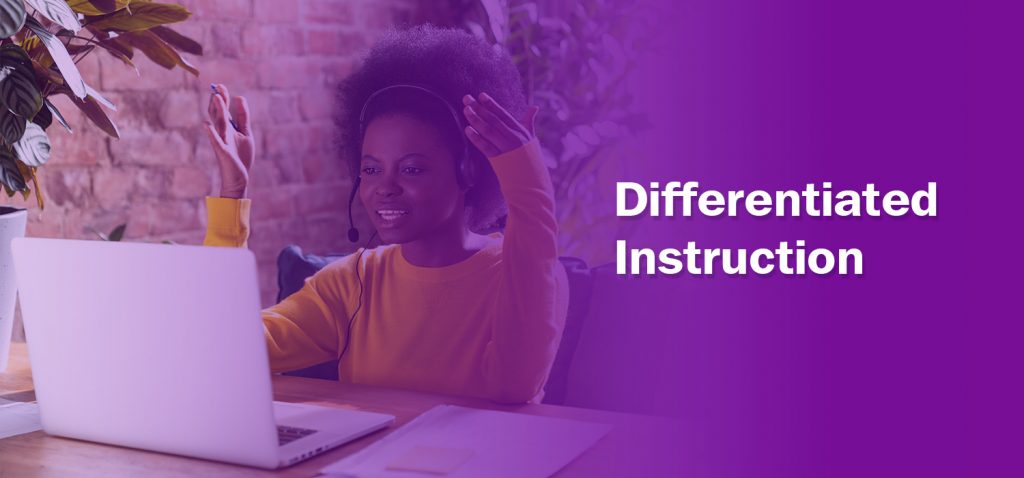As an advisor to families in an online learning environment, I often hear different expressions of their experiences. I’ve also seen teachers on social media talk about the difficulties of teaching online and making sure their students are actually learning. In addition, I have spoken to fellow colleagues about the things that need to be addressed to support teachers virtually teaching.
We already know we are in a society where the achievement gap is wide between students of color and their white counterparts. It’s an area of research that’s been focused on for a long time within education. The goal has been set to strive to close that gap and there has been gains in some schools, but unfortunately not nationwide. So during a pandemic where students are going to school virtually, how is the achievement gap affected? If affected negatively, how can it effectively be addressed? How does differentiated instruction work in an online learning environment? Some may say that the true question is how do we hold students accountable successfully?
Well, there is recent research about the achievement gap as it pertains to online learning and COVID. In May 2020, there was a national online learning study that predicted the learning gaps and losses due to the pandemic. It was estimated that there would be an 18% achievement gap between low and high-income schools as well as a 49% loss of potential reading growth by the next school year. Furthermore, schools had to transition from in person to online and not many schools had a smooth transition. Students logging in and completing assignments declined over time, struggling readers who were on track were falling behind, and the achievement gap continues to widen. There has been a loss of learning time and of course other factors in the home affecting students’ academic achievement.
Now the summertime was a great time to deal with these issues in which some schools had a successful plan such as to still hold summer school, reading programs, etc. However, not all those students who needed this support have received it because we are still enduring through a pandemic. Fast forward to now, almost finishing the first semester with strategies for learning in place during a pandemic and we are still facing the same issues. Many teachers are juggling the hybrid method and stating those who are coming consistently are the ones who are understanding.
So in reflecting on the posed questions and the information and research that is available, what can we do as a whole to: reduce the achievement gap, differentiate instruction, and help students to be successful and accountable? This will take a lot of work and it’s a process. It will first begin as developing a learning community where state, district, school educational leaders, teachers, parents/families, and students are working together using additional resources. Everyone must be actively participating, doing their part efficiently. Much of the responsibility will be on the student because it’s their educational learning experience, their future. Also, everyone must be honest, respectful, accountable, and resourceful. Educators need to start with what they know they can provide and do it consistently. As educators, we know how to differentiate.
Click here for some tips on using differentiation during a pandemic.
With that understanding and support, there are no excuses! Learning can successfully take place!
You can check out the research article here that I referred to for the information in my post.
Please comment and share so others can benefit from this online learning resource!


